Titilaka by Andean
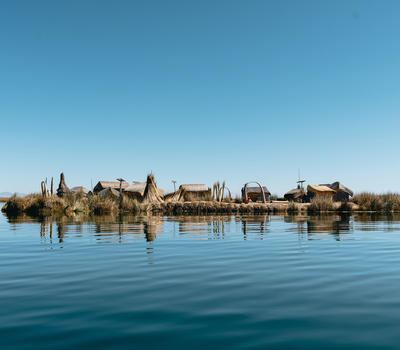
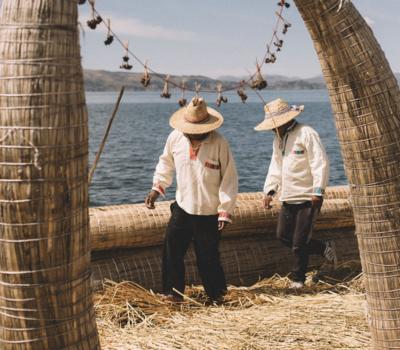
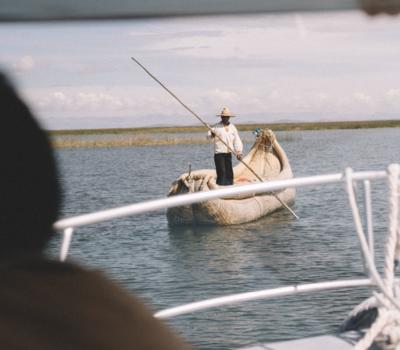
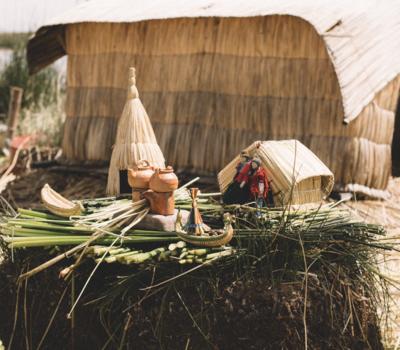
Islands of the Lake by Titilaka
(INCLUDED)
Explore the Uros floating islands and Taquile Island on this full-day journey, one of our most requested excursions. Neither land, sky, nor water, but existing at the intersection of all three, the Uros Titino islands are formed from the roots of totora reeds — a singular building material that allows these floating communities to endure upon Lake Titicaca. Meeting the Uro-Aymara people offers a rare opportunity to learn from skilled raftsmen and master weavers, whose ancestral knowledge sustains both their islands and their remarkable heritage.
In contrast, Taquile is a natural island, home to the Quechua people, whose artistry in textiles has been recognised by UNESCO as a Masterpiece of the Oral and Intangible Heritage of Humanity. Here, imagination and identity are woven into vivid designs, each thread carrying meaning.
Your visit culminates with a picnic, enjoyed with sweeping views of Titicaca’s mirrored waters and the deep blue skies above, framed by Bolivia’s majestic Cordillera Real mountain range.
Show More
Show Less
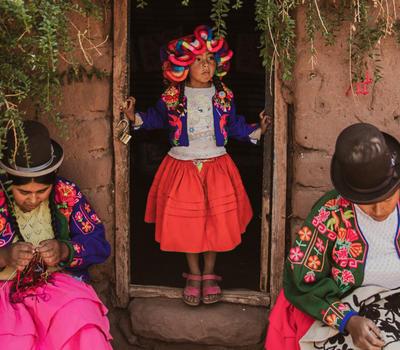
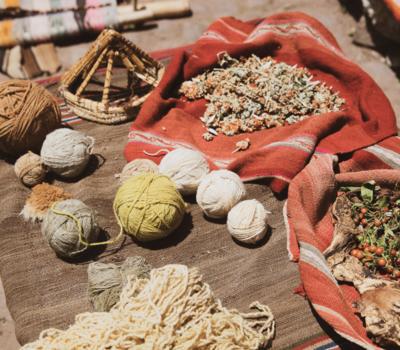
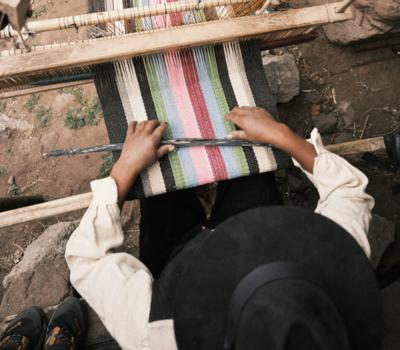
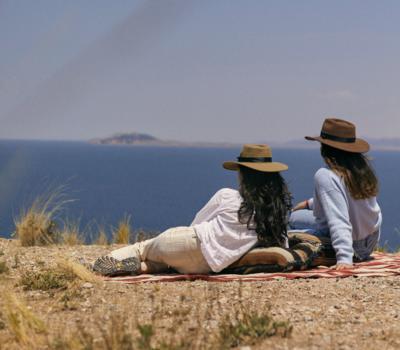

Aymara Route by Titilaka
(INCLUDED)
The full-day Aymara Route excursion offers a profound immersion into the landscapes, nature, and sweeping vistas of Ácora and the Chucuito Peninsula. Step back into the pre-Incan era as your guide shares legends and stories that illuminate Lake Titicaca’s sacred place in local worldviews and its enduring role as a life-giving resource. Travel along winding paths, open fields, and pastures — by car, bicycle, or on foot — observing native birds in their natural habitats, exploring archaeological sites, and admiring the vast horizons. Along the way, meet members of neighbouring communities and learn about their traditions and ways of life. At natural viewpoints, pause to enjoy a specially prepared lunch, framed by the serene beauty and majesty of the lake.
Please allow approximately 7–9 hours for the experience.
Show More
Show Less
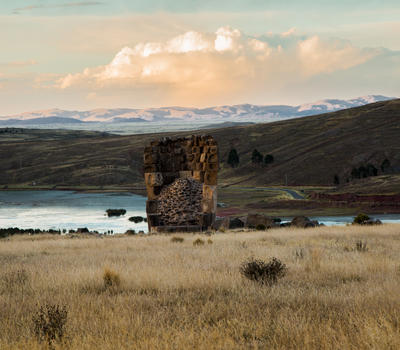
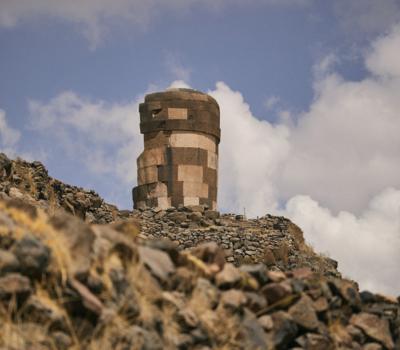
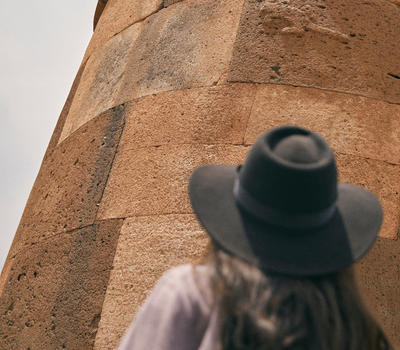
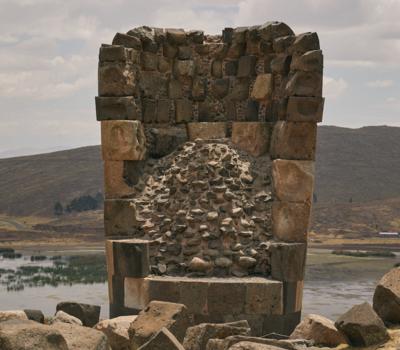
Sillustani by Titilaka
(INCLUDED)
Visit Sillustani, the region’s most important pre-Hispanic burial site, where the archaeological complex reveals the depth of its ancient heritage. Overlooking the serene waters of Lake Umayo, Sillustani is renowned for its chullpas — towering funerary monuments built to honour nobles and distinguished figures. As you wander through the site, notice the contrasts in style, from the smaller, rustic pre-Incan towers to the larger and more refined Incan constructions. The most impressive, the Lizard Tower, stands as a testament to remarkable engineering, believed to have taken more than fifty years to complete.
Available exclusively en route to or from the airport, this excursion offers a seamless opportunity to experience a place where archaeology, history, and breathtaking landscapes converge.
Please allow approximately 1–3 hours for the experience.
Show More
Show Less
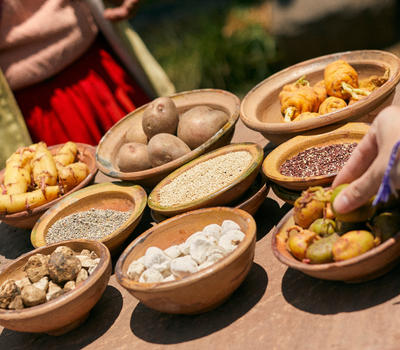
Marketplace Visit by Titilaka
(INCLUDED)
(Saturdays and Sundays only)
Immerse yourself in the vibrant culture of the Peruvian Altiplano with a visit to a traditional marketplace. Here, age-old customs are alive, including bartering as a primary means of exchange. Sundays are especially spirited, as neighbouring communities gather to trade agricultural products in a lively display of tradition. Stalls brim with an astonishing variety of potatoes, quinoa, chuño, and other regional goods rarely seen elsewhere.
This bustling hub offers an authentic opportunity to witness the rhythm of local life and take part in a shopping experience shaped by centuries of heritage.
Please allow approximately 1–3 hours for the experience.
Show More
Show Less
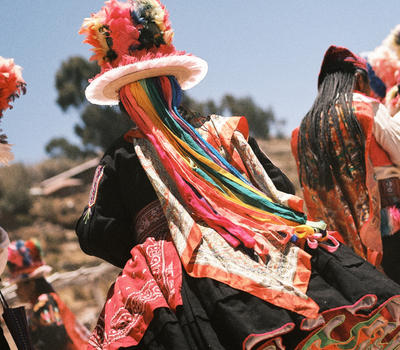
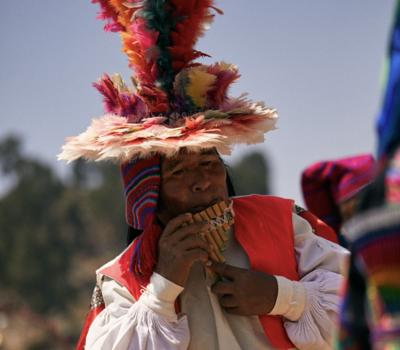
Local Festivities by Titilaka
(INCLUDED)
(According to Festivities Calendar)
Known as the Peruvian Capital of Folklore, Puno hosts some of the country’s most renowned traditional celebrations. Among the most emblematic is the Feast of the Virgin of la Candelaria, recognised by UNESCO as Intangible Cultural Heritage of Humanity. Each February, this vibrant festival brings the streets to life with over 360 pre- and post-colonial dances, performed by nearly 40,000 participants. Colourful costumes, crafted exclusively for the occasion, and energetic performances make it the region’s most representative celebration.
Beyond this, our team has identified twelve local festivities near the lodge. Should your stay coincide with any of them, our guides will be delighted to help you experience these authentic cultural traditions — moments few travellers have the privilege to witness.
Please allow approximately 1–3 hours for the experience.
Show More
Show Less
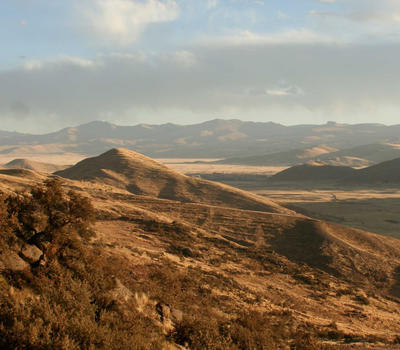
Colla Route Trek by Titilaka
(INCLUDED)
After an early breakfast, set out along the ancient Colla Route, part of the original Incan road network that winds through rugged mountain landscapes near the lodge. Along the way, take in sweeping views of Bolivia’s Cordillera Real, its snow-capped peaks rising above the horizon.
Continue the ascent to the Hilarata Summit, where extraordinary vistas open over Lake Titicaca and the vast Altiplano, punctuated by the communities of Santa Rosa and Thunuhuaya. The journey concludes at the tranquil Lagoon Chatuma, still revered by locals as a site for rituals and ceremonies.
Please allow approximately 4–5 hours for the experience.
Show More
Show Less
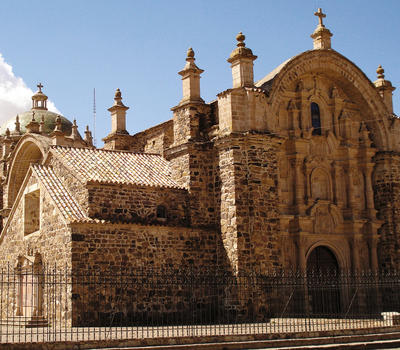
Colonial Temples Visit by Titilaka
(INCLUDED)
Discover the epicentre of evangelisation during the Spanish conquest with a visit to the historic churches of Juli and Pomata. Set between Cuzco and the former mining hub of Potosí, these religious centres stand at the crossroads of cultural legacies, the silver boom, and the meeting of faiths.
In Juli, known as the “Little Rome of America,” explore four remarkable churches dating back to the 16th and 17th centuries. Continue to Pomata, celebrated for its baroque temple built entirely from red pumice stone — a masterpiece that inspired other colonial churches across South America. Within, gold leaf altars and distinguished paintings from the viceregal period highlight the artistic richness of the era.
Recently restored, these seldom-visited sites offer a serene journey into the region’s colonial past.
Please allow approximately 4–5 hours for the experience.
Show More
Show Less
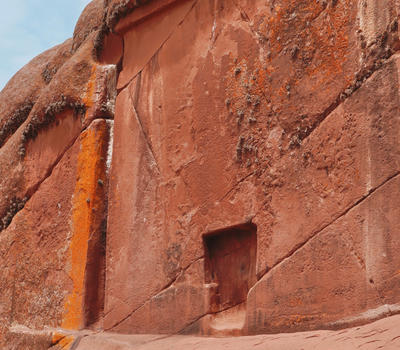
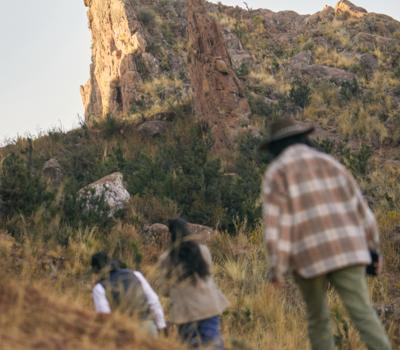
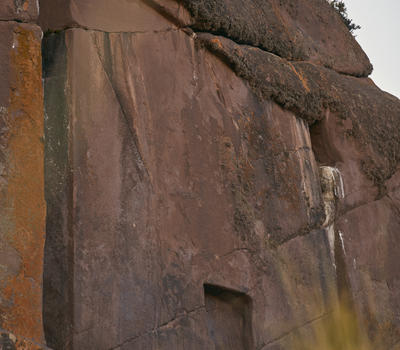
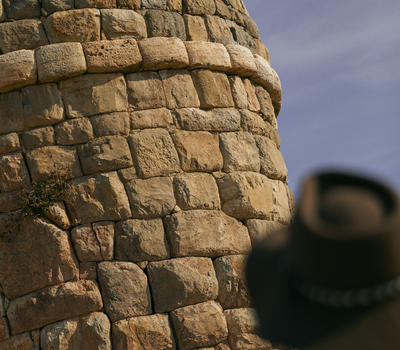
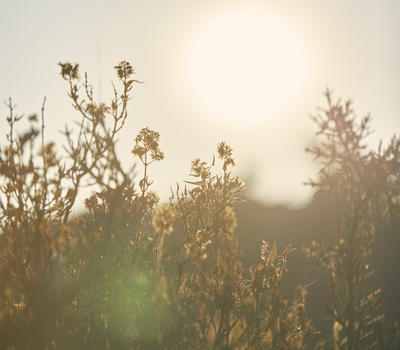
Molloco & Aramu Muru by Titilaka
(INCLUDED)
Your journey begins at Molloco, an archaeological site that reveals the fusion of Inca and Lupaca cultures. Here, ancient structures and burial sites tell stories of a region shaped by history and tradition. A short drive then takes you to the mystical Aramu Muru, also known as the Wilka Uta portal, a sacred pre-Incan site admired for its striking rock formations. At its heart lies a massive stone with a human-sized rectangular frame, believed by local communities to be a dimensional portal—a gateway between the physical and spiritual worlds. Our expert guides will share the legends and rituals tied to this revered place. For those who wish, a short hike up the surrounding rocks rewards with sweeping views over Lake Titicaca and the Andes.
Please allow approximately 1–3 hours for the entire experience.
Show More
Show Less
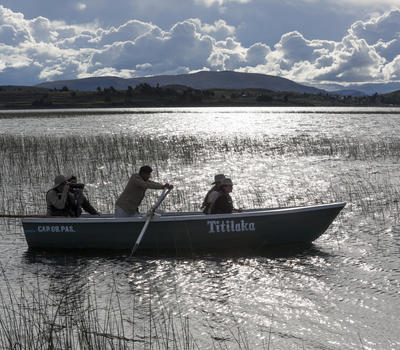
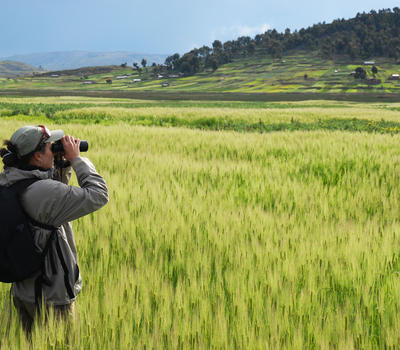
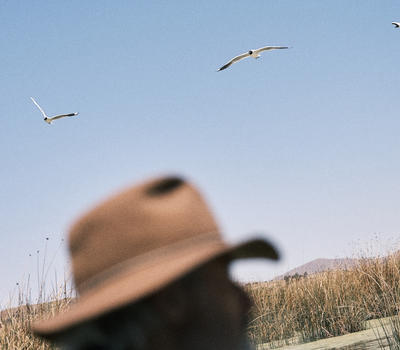
Birdwatching by Titilaka
(INCLUDED)
Join our expert guides for an immersive birdwatching experience on the shores of Lake Titicaca. Learn to spot, identify, and even mimic the calls of native species as you move through diverse ecosystems. The excursion focuses on the nearby protected wetlands, home to 103 resident and migratory species, many found only in this region. Departing in the early morning or late afternoon, you’ll witness birds setting out to feed or returning to their nests for the night. Some species stand out with their striking colours, while others rely on subtle tones and camouflage for protection. Depending on the season, sightings may include flamingos, great crested grebes, and other remarkable birds.
Please allow approximately 4–5 hours for the entire experience.
Show More
Show Less
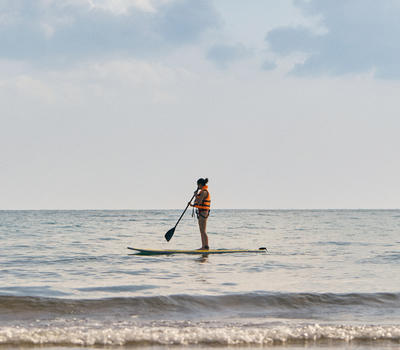
Boathouse Nautical Sports by Titilaka
(INCLUDED)
Experience the thrill of sailing over 12,000 feet (3,800 metres) above sea level at our Boathouse, the first nautical sports facility on Lake Titicaca. Choose from kayaks, Canadian canoes, paddle boards, or sunfish sailboats, and explore this magnificent body of water. Our experienced Titilaka instructors will ensure your safety and provide navigation guidance before you begin your nautical journey. Discover the nearby ecosystems nestled along the shores and among the Totora reeds, which are ideal for observing local flora and fauna. As you make your way back, don’t miss the views of the lodge, and upon your return, enjoy snacks and refreshing beverages on our outdoor terrace.
*Please allow approximately 1-3 hours for the entire experience.
Show More
Show Less
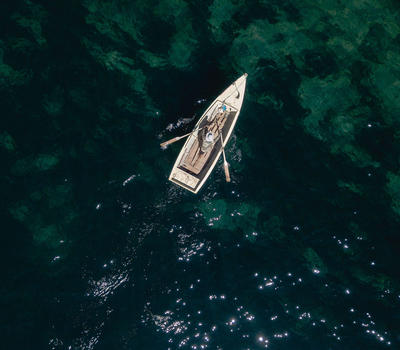
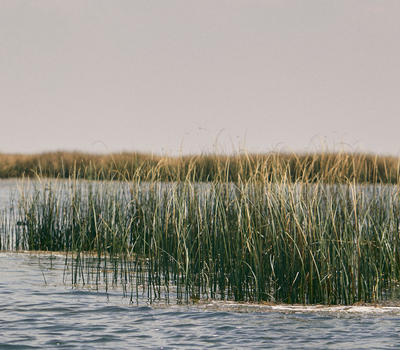
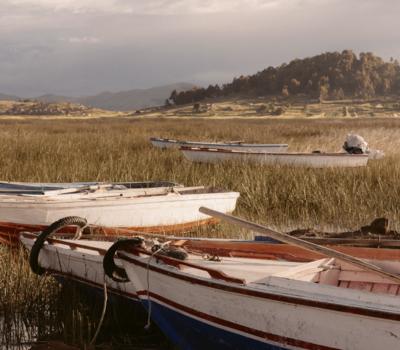
Rowing Through the Reeds by Titilaka
(INCLUDED)
Let our guides gently take you on a raft through the vast stretches of totora reeds near the lodge, where you’ll discover the importance of this hydrophilic plant to life on Lake Titicaca. Learn how the totora reed sustains both the ecosystem and the local communities: it serves as food, as a building material for housing, and even follows a distribution system similar to land ownership, with sections allocated to families for harvesting. As you glide through the reeds, you’ll also observe the unique habitat they create for bird species such as the goldcrest, flightless grebe, moorhen, and heron.
Please allow approximately 1–3 hours for the entire experience.
Show More
Show Less
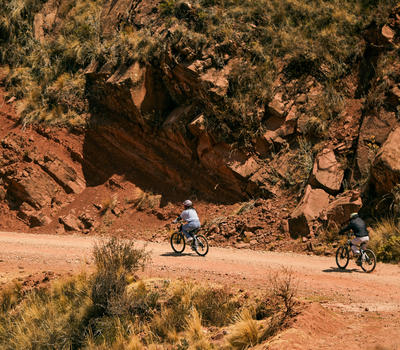
Cycling in Altiplano and Lake Shores by Titilaka
(INCLUDED)
Breathe in the fresh highland air as you cycle through the Altiplano and along the shores of Lake Titicaca. Following rural paths, you’ll encounter locals going about their daily lives, from traditional farming with age-old tools to using donkeys for transport. This flexible activity lets you set your own pace and direction while offering an authentic glimpse into everyday life in one of the most genuine landscapes of the Andes. E-bikes are also available for a more relaxed ride.
Please allow approximately 1–3 hours for the entire experience.
Show More
Show Less
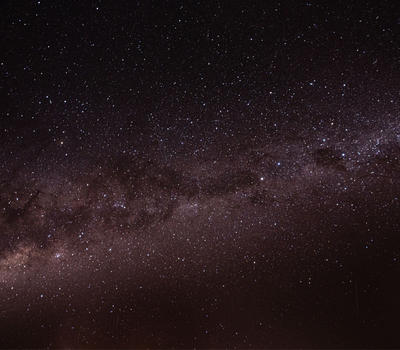
Aymara Constellation Observation by Titilaka
(INCLUDED)
Beneath Puno’s crystal-clear night skies, step into the lodge gardens for an unforgettable stargazing experience. Guided by local experts, you’ll trace the movement of the stars and identify constellations such as the Wawawara Hawira (Milky Way). More than astronomy, this journey explores the Andean worldview, where the sun and moon embody dual cosmic forces. Through ancient storytelling, discover how these celestial bodies shaped daily life and glimpse the sacred myths preserved through generations.
Please allow approximately 1 hour for the entire experience.
Show More
Show Less
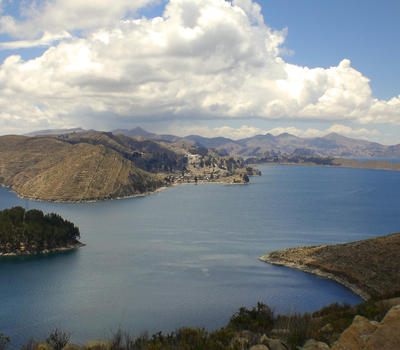
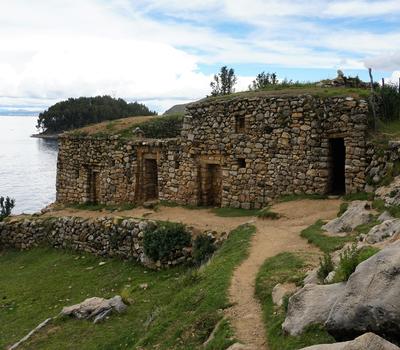
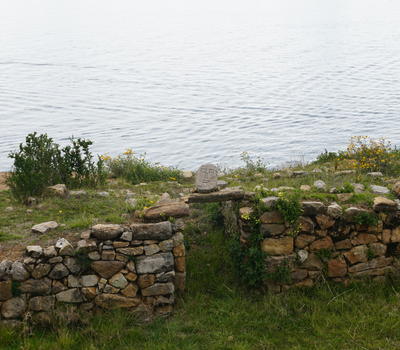
Islands of the Sun by Titilaka
(EXTRA)
Operated by a company with years of expertise in creating meaningful journeys, this full-day excursion leads you to the legendary Island of the Sun, considered the mythical birthplace of the Incan Empire. Your adventure begins at the Bolivian border, where you’ll visit Copacabana’s cathedral and main square before boarding a boat across the shimmering waters of Lake Titicaca. On the island, explore the archaeological site of Intihuatana, visit a traditional medicine centre, and meet the skilled artisans who craft Totora reed rafts. As you wander, discover Incan farming terraces carved into the mountainside, a clay craft-making centre, and the Intica Hall, home to llamas, alpacas, guanacos, and vicuñas. The journey concludes with a scenic boat ride offering sweeping views of the Pilikokaina Incan palace before returning to Copacabana and your hotel.
Please allow a full day for the entire experience.
Show More
Show Less








































